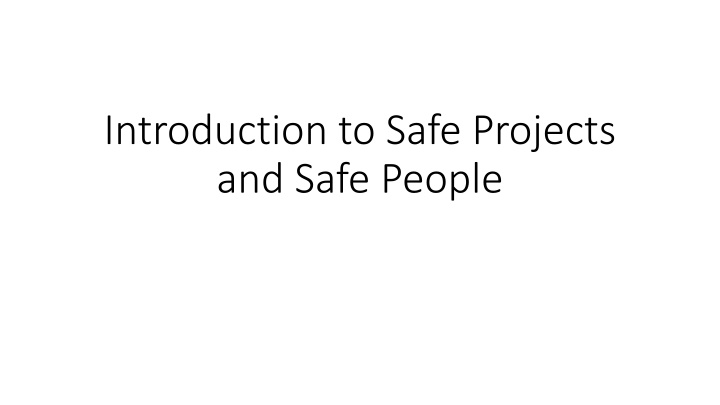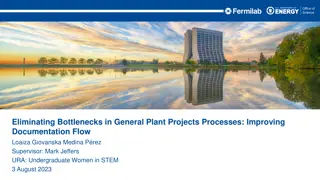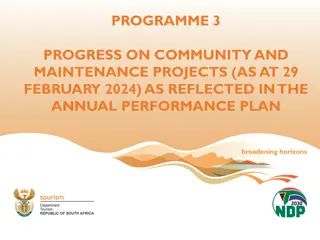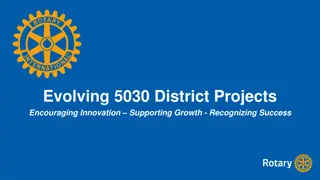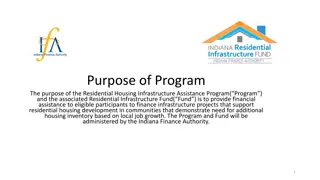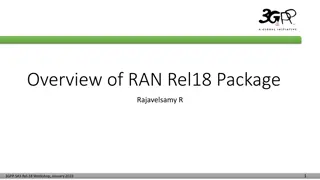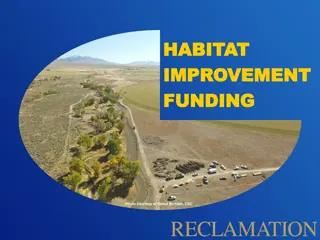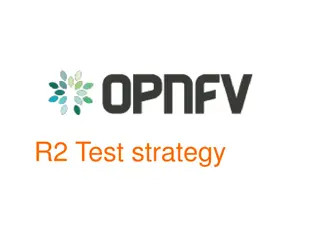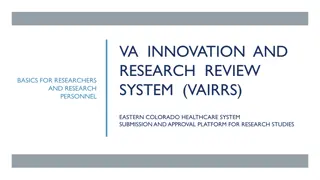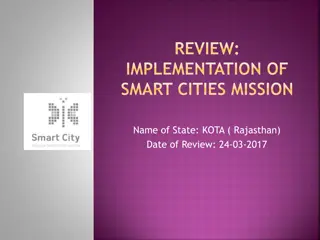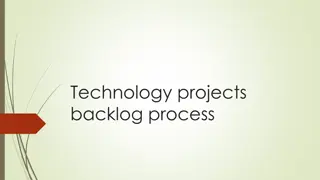Safe Projects and Safe People Overview
Safe Projects justify accessing personal data for public benefit, while Safe People ensure only trustworthy individuals handle confidential data securely to maintain public trust.
Download Presentation

Please find below an Image/Link to download the presentation.
The content on the website is provided AS IS for your information and personal use only. It may not be sold, licensed, or shared on other websites without obtaining consent from the author.If you encounter any issues during the download, it is possible that the publisher has removed the file from their server.
You are allowed to download the files provided on this website for personal or commercial use, subject to the condition that they are used lawfully. All files are the property of their respective owners.
The content on the website is provided AS IS for your information and personal use only. It may not be sold, licensed, or shared on other websites without obtaining consent from the author.
E N D
Presentation Transcript
Introduction to Safe Projects and Safe People
Safe Projects Safe Projects are those that justify the use of the personal data. This justification could be that the expected outputs of the research will have an important public benefit. It is important to consider if the project could be achieved without accessing the personal data. It would not be considered a Safe Project if the same outputs could be produced using anonymous or aggregate data. Very often the decision on whether a project is safe is taken by other stakeholders during the application process for accessing data, for example by the Data Access Request Service at NHS Digital. Research is reliant on there being public support for research access to personal data and a positive public perception toward the research community. Considering if a project is safe helps reduce the chance of negative publicity.
Ethical Projects When considering if a project is safe it may also be useful to consider the impact of the work on the data subjects and how the project will be ethically conducted. This consideration may differ from your legal obligations: It may be possible to access data without consent i.e. using legitimate interest as a legal basis. However, it may be good practice to engage with data subjects or their representatives to review what concerns they might have about your project. This engagement can reassure data subjects about the use of their data. It can also improve your project design. The project should also be conducted ethically. Are any results published an honest account of your findings? Have you been open and transparent with your methods so that others may review your work? Does your work have the potential to negatively impact any group, particularly those that already experience marginalisation?
Safe Project Assessment Would you consider the following projects to be safe ? A large technology company wishes to access patient health data in order to develop diagnostic AI. Consent is not required but no patient engagement has taken place. The company has a poor reputation with regard to privacy and this project is outside of their usual business area. A tobacco company wishes to access a longitudinal social survey. The people involved in the survey were asked about their smoking status. The tobacco company wishes to use the data to identify the best places for advertising. A project wishes to access health records without patient consent. This is to be done in order to ascertain if a recent health care policy change has had a negative impact on patients. A person wishes to access confidential crime data. They know that their neighbour was recently a victim of crime and wants to find out more so that they can better support them.
Safe People When accessing confidential data, e.g. in a Safe Setting, it s essential that only Safe People can access the data. Why is this important?
Importance of Safe People Avoid mistakes that might lead to confidential data being exposed. Ensures that only people with the right motivation access confidential data. Encourage data owners to make data available to the research community. Maintain public trust and confidence.
What does it take to be a Safe Person? Appreciation of confidential data: the data do not belong to us just because we have access to the data for research. Appreciate the ethical use of data. No incentive to misuse the data (e.g. selling on to others). Understanding the consequences of misuse. Willing to work with Safe Setting staff to achieve Safe Use of data together. If they notice something is not quite right, or not convenient for them, will liaise with Safe Setting staff constructively.
Assessments for this module SDAP: Safe Analyst Training Introduction to Safe Projects and Safe People Created by Cancer Research UK, DKFZ, and The Health Foundation for the Safe Data Access Professionals Working Group
